Exploring effective techniques for communicating science to a public audience is a key 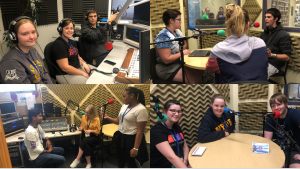 component of Science Academy (OUASSA). Every year our students undertake a project under one of four science communication streams:- Interpretive Science Talks, Science Film Making with your cell phone or Ipad, Museum Science Communication, Science Radio Podcasting.
component of Science Academy (OUASSA). Every year our students undertake a project under one of four science communication streams:- Interpretive Science Talks, Science Film Making with your cell phone or Ipad, Museum Science Communication, Science Radio Podcasting.
This year Shannon Colbert and Domi Angelo-Laloli from Community Access Radio’s OAR 105.4FM Dunedin mentored eight of our students through the process of constructing a short science podcast by means of interactive workshops in the studio and on-line support throughout the year.
Below is a list of the topics they covered
Physicists on the Pitch
by Abdul Ahmadi from Mangere College
Discover the science behind Soccer! From Newton’s Laws of Physics, to the Magnus Effect and the use of `Cleats’.
Operation: Space-cial Exploration
by Jessica Marshall from Opihi College
Billions of stars, hundreds of planets, a black hole or two, but how do we know this? What feats of engineering were needed to bring us this knowledge and what will be needed to further understand the world around us?
The Periodic Podcast
by Niamh Frizzell from Awaptapu College
This podcast is about history of the periodic table, the `International Year of the Periodic Table’ and the celebrations that surround it.
Error 1387 Gene Unavoidable
by Seruwaia Matairavula from Wesley College
In this podcast I discuss Genetics at Otago University and how the study can benefit humanity. I am accompanied by Sean, a Masters student studying genetics, and Science Academy attendee, Cameron Bergin from John Paul II High School in Greymouth.
The Extra-terrestrial Podcast
by Corban Taylor from Opotiki College
If you want to listen in to a good friend and I talk about aliens and all that jazz then listen in, as we discuss our views on alien beliefs.
Are We Living in a Simulation?
by Maddison Ridder from Verdon College & Cameron Bergin from John Paul II High
Have you ever felt like you have no control, like your whole life is set out for you? Have you ever thought that maybe you’re living in a simulation? Well, it’s more possible than you’d think. This podcast is going to investigate the reasons why we could be part of a simulation.
Lost in Translation
by Gemma Marnane from Central Southland College
If you are willing to deny convention, it becomes more worthy of attention. For all the knowledge, all the fear, we forget to speak of the meaning, which is hidden. Take this, imagine a world in words. It forms languages and societies, stipulates mutations, natural selection and forms gene pools and populations. It’s the world. We are all just a little lost in translation.
Becoming a Midwife
by Tamel Robertson from Aurora College
My podcast is based on the life of a midwife and the duties in her role. I will be interviewing midwife Margaret Gardner to gather information for the listener as well as myself as I plan on beginning my study to become a midwife next year, in 2020.
Have a listen here at https://oar.org.nz/event/science-academy-chat/
Happy Listening!



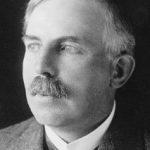




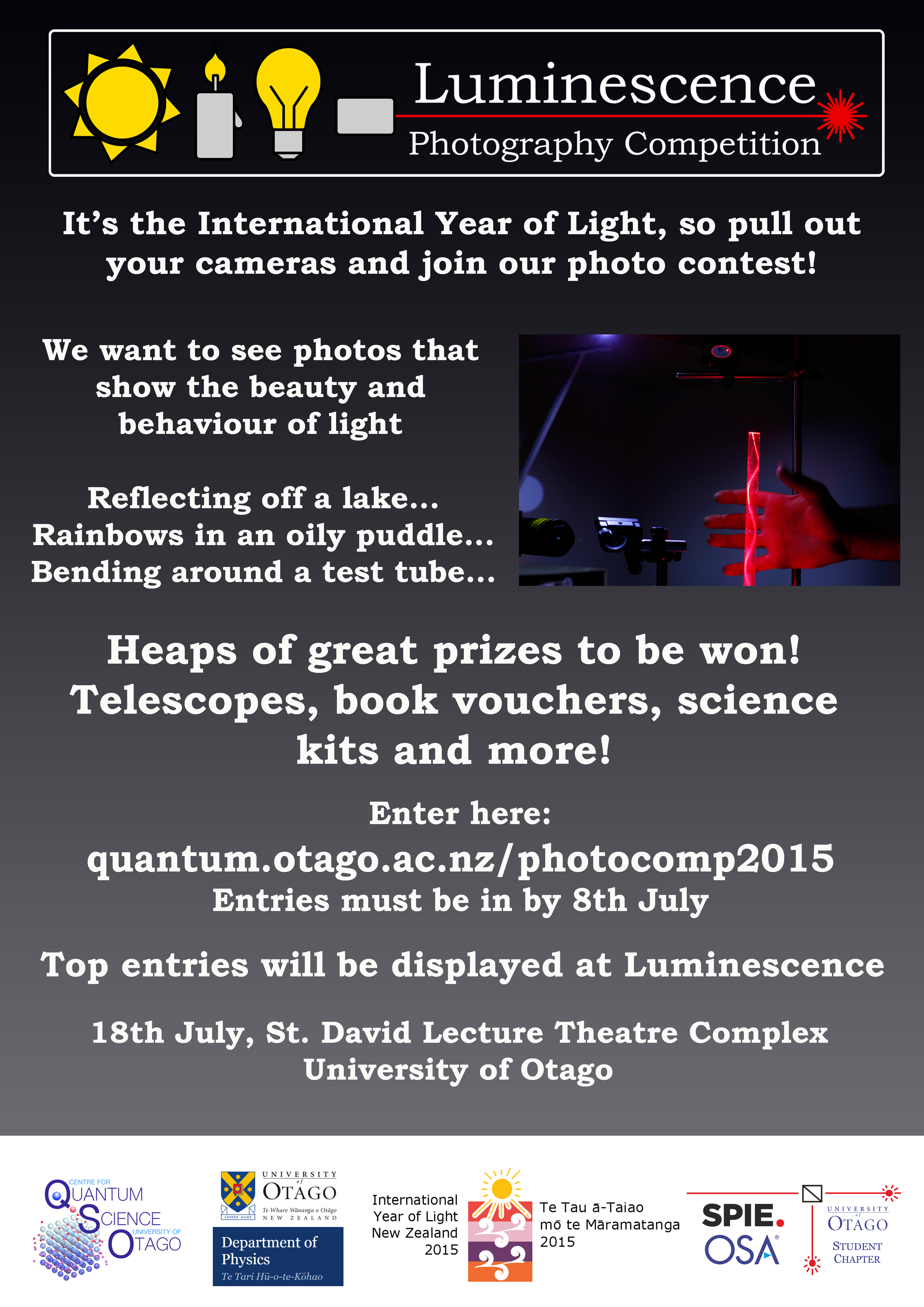
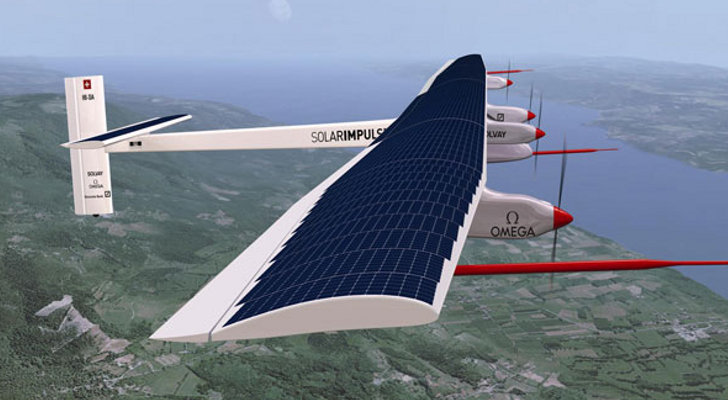
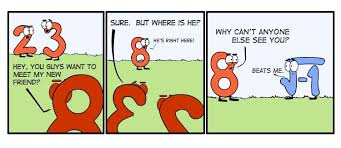

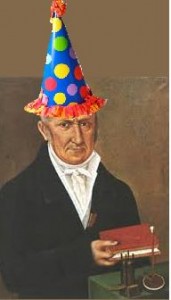


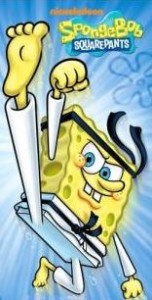

 I ran across these little Physics related videos the other day. Each one is only about a minute long so a nice little break. They are also aimed at presenting ideas rather than answering questions so could be a good way to stimulate a discussion or a starting point for more research. Cute and accessible for many year levels. Access the videos
I ran across these little Physics related videos the other day. Each one is only about a minute long so a nice little break. They are also aimed at presenting ideas rather than answering questions so could be a good way to stimulate a discussion or a starting point for more research. Cute and accessible for many year levels. Access the videos 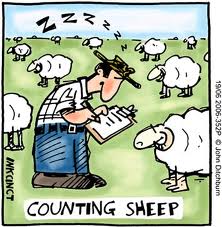

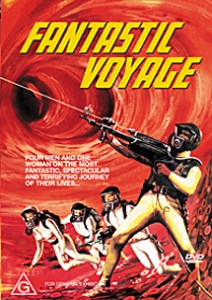
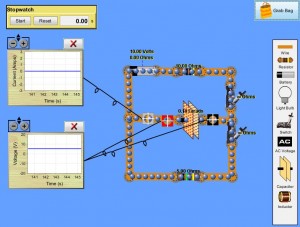

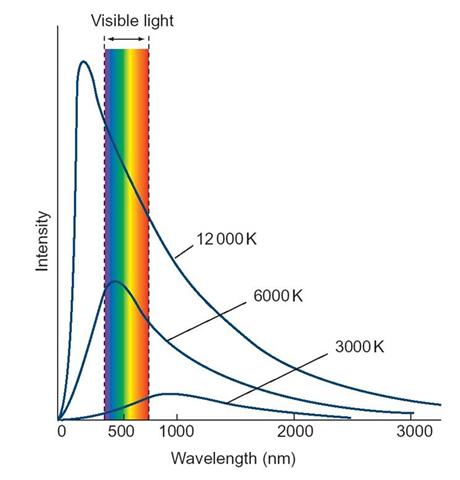




Recent Comments